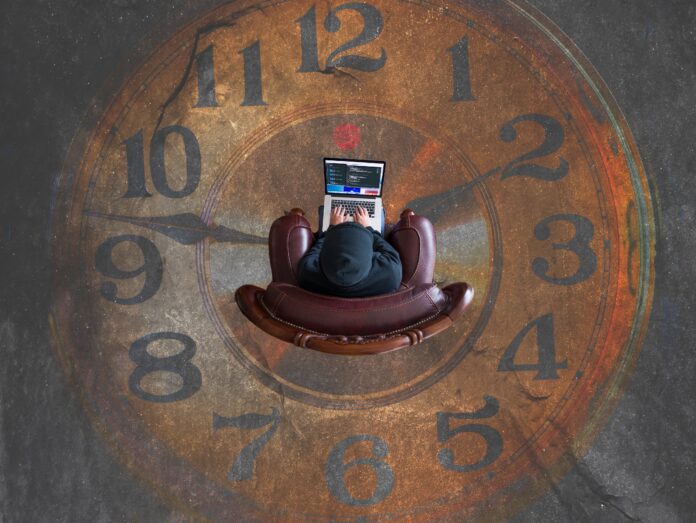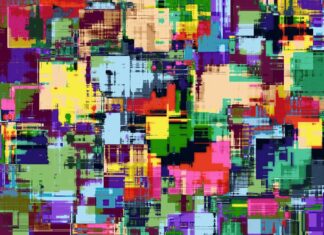Timecut is a revolutionary concept that has captured the imagination of scientists, philosophers, and storytellers alike. It is a term coined to describe a theoretical phenomenon that involves manipulating and altering the flow of time. The idea of Timecut has fascinated people for centuries, as it offers the possibility of transcending the constraints of linear time and experiencing the past, present, and future in unconventional ways. In this comprehensive guide, we will explore the intricacies of Timecut, its implications, and key elements that contribute to its understanding.
Timecut is a theoretical construct that suggests the ability to cut, manipulate, or bend time in various ways. It postulates the existence of temporal boundaries that can be crossed, allowing individuals or objects to move backward or forward within the timeline. The concept of Timecut has captivated the human imagination for its potential to reshape our understanding of cause and effect, offering the tantalizing prospect of revisiting the past or previewing the future.
While Timecut remains purely speculative and theoretical at this point, it has been the subject of extensive scientific and philosophical inquiry. Researchers and theorists have explored the implications of Timecut from a wide range of disciplines, including physics, cosmology, psychology, and storytelling. It is important to note that Timecut should not be confused with time travel, as it suggests a more nuanced and controlled manipulation of temporal events rather than a complete transportation through time.
Now, let’s delve into ten important aspects to enhance your understanding of Timecut:
1. Theoretical Foundation: Timecut is rooted in various theoretical frameworks, including theories of relativity, quantum mechanics, and cosmology. These disciplines provide the foundation for exploring the plausibility and implications of manipulating time.
2. Temporal Distortion: Timecut proposes the ability to distort the passage of time, allowing for localized variations in its flow. This distortion can result in time appearing to speed up, slow down, or even come to a halt in specific regions.
3. Temporal Loops: Timecut opens up the possibility of creating temporal loops, where events repeat themselves within a specific timeframe. This concept has been widely explored in science fiction, where characters find themselves trapped in recursive timelines.
4. Retrocausality: Timecut challenges the conventional notion of causality by introducing the concept of retrocausality. It suggests that actions in the future can influence events in the past, creating a non-linear relationship between cause and effect.
5. Multiverse Theory: Some interpretations of Timecut align with the multiverse theory, which posits the existence of multiple parallel universes. Timecut could potentially allow access to these alternate realities, enabling exploration of different timelines and outcomes.
6. Ethical Considerations: The ability to manipulate time raises profound ethical questions. The potential to change past events or tamper with the future could have far-reaching consequences, prompting debates on the moral implications of altering the course of history.
7. Practical Applications: While Timecut remains speculative, its hypothetical applications have been contemplated in various fields. These include potential advancements in medicine, such as slowing down the aging process or reversing the effects of certain diseases.
8. Philosophical Implications: Timecut has significant philosophical implications, challenging our understanding of personal identity, free will, and the nature of reality itself. Exploring the concept of Timecut forces us to reconsider fundamental assumptions about the nature of time and our place within it.
9. Narrative Possibilities: Timecut has been a popular narrative device in literature, film, and television, enabling complex storylines that involve temporal manipulation. From classics like H.G. Wells’ “The Time Machine” to contemporary works like Christopher Nolan’s “Inception,” Timecut has provided storytellers with a rich tapestry of possibilities.
10. Scientific Exploration: Despite its theoretical nature, scientists continue to explore the potential of Timecut through theoretical models and experiments. Researchers in the field of quantum physics, for instance, are investigating phenomena such as quantum entanglement and superposition, which may hold clues to understanding the intricacies of temporal manipulation.
In recent years, advancements in temporal dynamics have shed new light on the possibilities of Timecut. The development of sophisticated algorithms and computational models has allowed scientists to simulate temporal scenarios and explore the consequences of altering the flow of time within these simulations. While these simulations are still limited to theoretical constructs, they provide valuable insights into the potential ramifications of Timecut.
One key area of research is the study of temporal paradoxes. Timecut raises the question of whether altering past events could lead to paradoxical situations, such as the infamous “grandfather paradox” where one travels back in time and prevents their own birth. The study of paradoxes helps refine our understanding of the limits and boundaries that may exist within the concept of Timecut.
Additionally, investigations into the nature of time itself have expanded our understanding of temporal mechanics. The concept of Timecut is closely intertwined with theories of spacetime, which posit that time and space are intricately interconnected. Understanding the fundamental nature of time and its relationship to space is crucial for comprehending the mechanisms that could potentially enable Timecut.
Moreover, the exploration of subjective time perception has unveiled intriguing insights into the human experience of time. Research in psychology and neuroscience has revealed that our perception of time can be influenced by various factors, including attention, emotion, and memory. By understanding the intricate workings of subjective time, we may gain deeper insights into how Timecut could potentially be experienced and harnessed.
While the theoretical foundations and scientific explorations of Timecut continue to evolve, it is essential to acknowledge that Timecut remains purely speculative at this point. The concept challenges our current understanding of the universe and stretches the boundaries of what is currently known and scientifically proven. As scientists and philosophers delve deeper into the mysteries of time, the concept of Timecut will likely undergo further refinement and scrutiny.
In conclusion, Timecut represents a captivating concept that sparks curiosity and imagination. While still in the realm of speculation, it offers profound insights into the nature of time, causality, and our place within the temporal fabric of the universe. Exploring Timecut encompasses various disciplines, from theoretical physics to philosophy and storytelling. As we continue to push the boundaries of knowledge, Timecut serves as a reminder of the vastness of the unknown and the infinite possibilities that await us in our quest to understand the enigmatic nature of time.






















